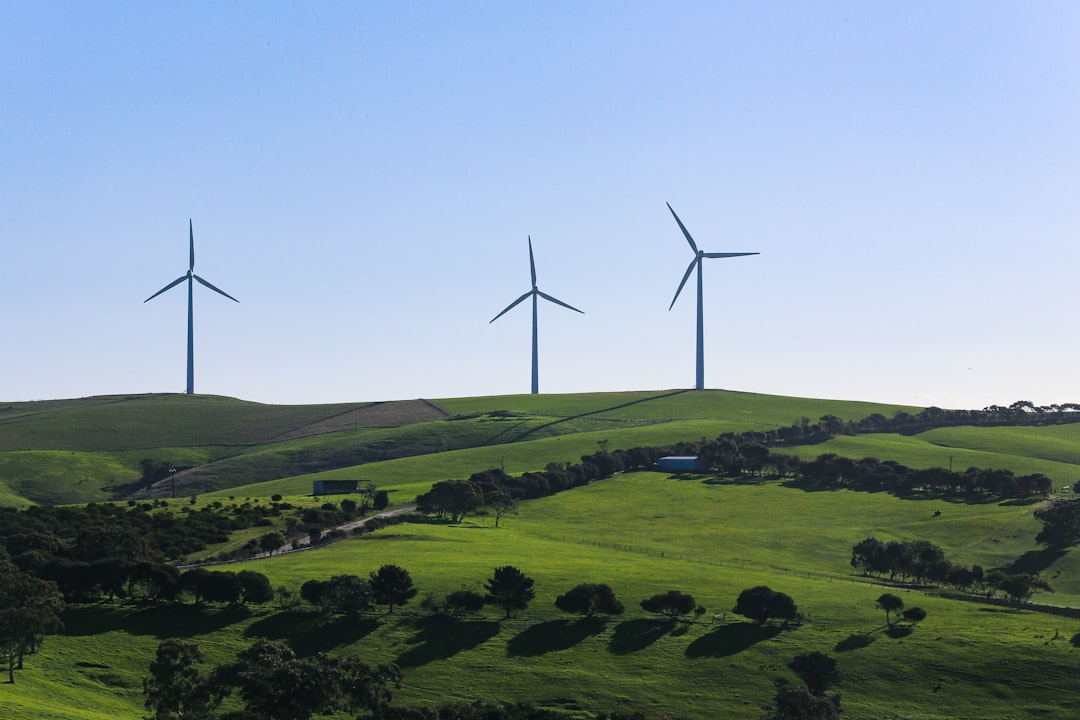What is it about?
This paper provides support for the technical feasibility of three Transition Pathways, developed by the authors and colleagues, by showing that the required technological build rates to achieve a United Kingdom (UK) low carbon electricity system by 2050 are comparable to those assumed in the UK Government's 2011 Carbon Plan scenarios. The outcomes in terms of generation capacity and annual electricity generation in 2050 are also broadly comparable, with the exception of the Thousand Flowers pathway, which projects a lower level of electricity generation in 2050, due to achieving greater reductions in electricity demand. Nevertheless, the findings illustrate the scale and urgency of deployment of key technologies that would be needed to realise any of these pathways. For example, the Market Rules pathway would require annual build rates for carbon capture and storage (CCS) of 1900 MW/year from 2025 to 2035. This would now seem to be at the limit of technical feasibility, given that the UK Government abandoned its £1 billion support for a CCS demonstration plant in 2015. Upstream environmental burdens (expressed as CO2e emissions) associated with various power generators and UK electricity transition pathways towards a low carbon future have been evaluated on a ‘whole systems’ basis. The present UK 'greenhouse gas' (GHG) trajectories associated with transition pathways out to 2050 are found to differ significantly from those produced by both DECC and the British Government's independent Committee on Climate Change. These bodies do not currently account for upstream, ‘fugitive’ GHG emissions. Thus, there will actually remain further emissions upstream that are unaccounted for, even if the current UK CO2e reduction targets are apparently met.
Featured Image
Why is it important?
The UK has set itself on a transition to a low carbon economy and society, through the imposition of a goal, under the 2008 Climate Change Act, of reducing its GHG emissions by 80% by 2050 (against a 1990 baseline) and the creation of an institutional framework in order to secure this target. Much attention has been given to long-term scenarios and pathways for the reduction of carbon emissions from the electricity system, because there exist a range of options for decarbonising electricity generation and supply. Technological options also exist for the use of low-carbon electricity for heating and transport (as well as other energy services). This type of pathway and scenario analysis is therefore useful to enable ‘actors’ to reflect on how current energy system decision-making relates to the potential for achieving long-term energy and carbon reduction goals. In the present contribution, a set of low-carbon electricity pathways developed under a research project (supported by Research Councils UK and, initially jointly, by E.On UK: the integrated energy company) are compared and contrasted with ‘official’ pathways developed by the former UK Department for Energy and Climate Change (DECC) [now incorporated into the Department for Business, Energy and Industrial Strategy (BEIS)].
Perspectives
This work draws on research undertaken as part of a major research grant jointly funded by the UK Engineering and Physical Sciences Research Council (EPSRC) and E.On UK (the integrated energy company) to study the role of electricity within the context of 'Transition Pathways to a Low Carbon Economy' [Grant EP/ F022832/1], and a follow-on grant by the EPSRC on ‘Realising Transition Pathways - Whole Systems Analysis for a UK More Electric Low Carbon Energy Future’ [Grant EP/K005316/1]. It builds on interchanges with the main UK academic partners, and the researchers and Ph.D. students associated with the project [see the project website www. realisingtransitionpathways.org.uk for a full list of those involved.]
Professor Emeritus Geoffrey P Hammond
University of Bath
Read the Original
This page is a summary of: Transition pathways for a UK low-carbon electricity system: Comparing scenarios and technology implications, Renewable and Sustainable Energy Reviews, February 2018, Elsevier,
DOI: 10.1016/j.rser.2017.10.007.
You can read the full text:
Contributors
The following have contributed to this page










